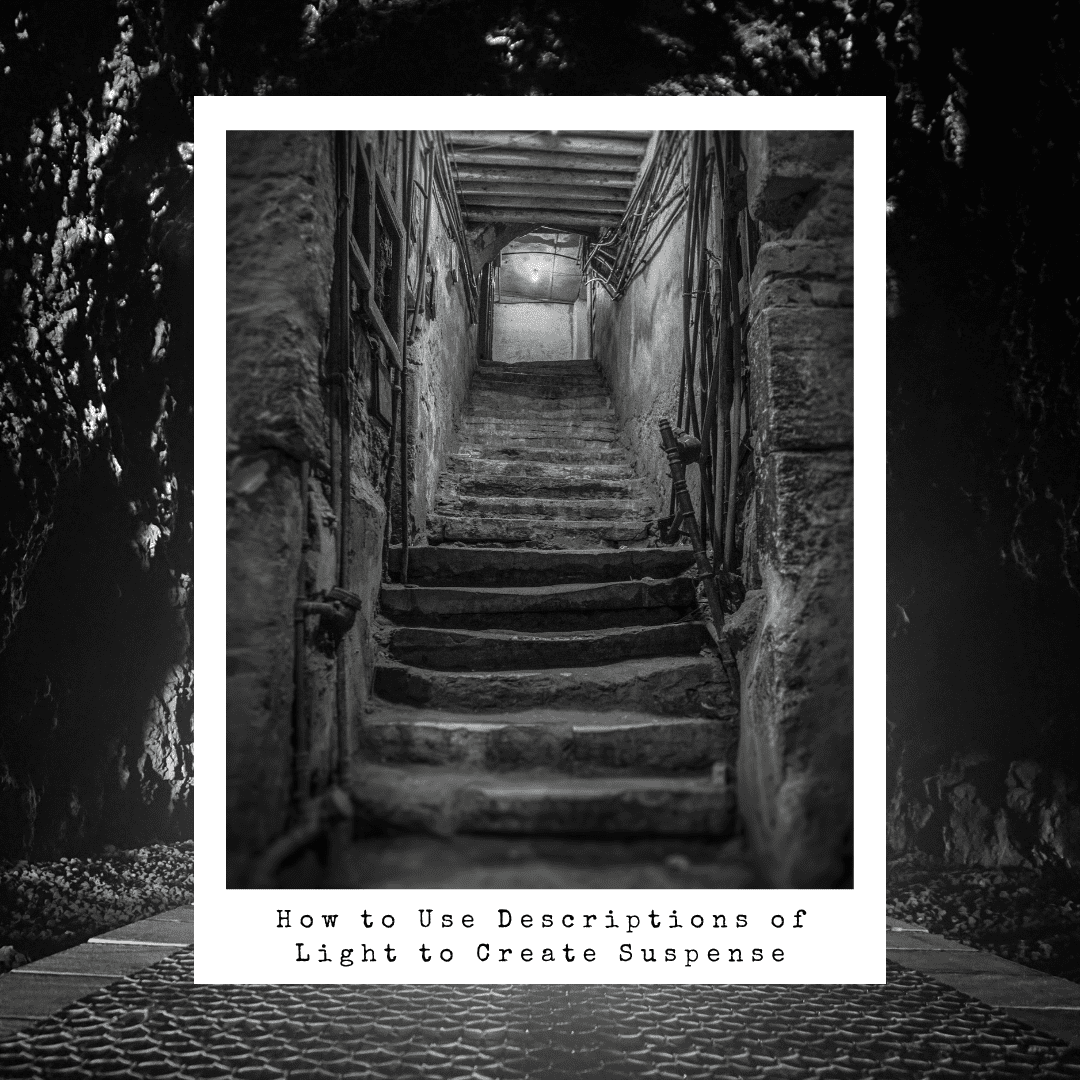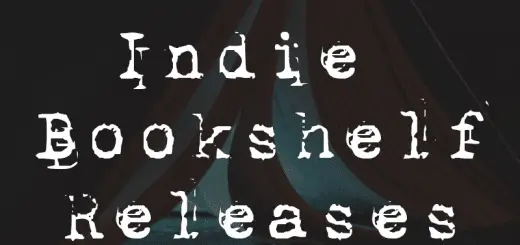How to Use Descriptions of Light to Create Suspense
How to Use Descriptions of Light to Create Suspense
Have you ever felt your heart pounding as you flipped through the pages of a book, desperate to find out what might be lurking in the shadows? Part of this experience comes from an author’s use of suspense. Suspense isn’t just about cliffhangers and plot twists — it’s also about withholding information and then revealing it slowly to create a feeling of uncertainty.
Descriptions of light in particular can be a powerful tool in your arsenal, particularly when writing thriller and horror genre books. Here are three effective ways you can use light to create suspense in your own writing:
Different Types of Light
Light doesn’t exist in a single form; it can be warm or cool, harsh or soft, blinding or dim. Each type can be leveraged to have a different effect on your reader. A few examples to consider as you think about the impact light has on creating suspense include:
- Harsh Light: A single spotlight can create an unsettling feeling. Harsh lights can also cast long and distorted shadows, highlighting specific objects while covering everything else in an inky blackness. To build even more suspense, harsh lights can disorientate the protagonist and the reader, especially if it’s unclear where the light is coming from.
- Unnatural Light: Light coming from an unexpected source can be especially creepy. You could describe the eerie glow emanating from an unknown source, the way it casts an unnatural color on the scene, and the unsettling feeling it gives of being watched.
Playing with Darkness
Rather than focusing on sources of light, highlighting the darkness in a scene can be an equally effective tool to foster suspense.
- Absence of Light: Darkness is the classic suspense builder — just think back to how uneasy you would feel in a dark room as a child! By plunging your characters (and readers) into darkness, you can focus on the heightened senses needed for your characters to develop a better sense of their surroundings.
- Flickering Light: A constantly flickering light source can be unnerving — it feels abnormal, like something is broken, and provides limited glimpses of your characters’ surroundings. You could also write about a light that flickers unpredictably or without any rhythm or pattern to make a scene even creepier.
Secrets in the Shadows
Shadows aren’t simply the absence of light; they can almost become characters in their own right. By writing intentionally to describe the size, shape, and movement of shadows, authors can create a strong sense of foreboding in their work.
- Distorted Shadows: Some shadows can appear twisted and warped, concealing what the object in question actually is and making characters feel uneasy while encountering unrecognizable shapes. The key is to alter perception; for example, a simple tree branch illuminated by a streetlight could look like the clawed hand of a massive creature. Ordinary objects like toys or chairs can cast strange shadows as well.
- Unpredictable Shadows: Shadows that shift around unpredictably can evoke a strong sense of paranoia and hide what’s actually around your characters. Shadows that move take on a life of their own and limit any comfort that comes from a predictable environment. This unpredictability is the very thing that’ll keep your reader on edge, since they’ll never quite know when a threat will emerge from the darkness.
Building suspense is one of the best ways to keep readers on the edge of their seats and using descriptions of light helps sell the immersion of your settings. Hopefully this advice helps with your next book and best of luck!
——————————————————————–
Rose Atkinson-Carter is a writer with Reedsy, a marketplace and blog that helps authors with everything from learning about the best writing apps to finding helpful creative writing classes and more.












